-
How AI is rewiring marketing from neurons to media—and how coherence is back to the ’90s, plus online and AI.
-
If you work in marketing, tech, or media, study this campaign with a fine-tooth comb. This isn’t another case study; it’s the playbook for the next decade. AI is no longer an IT topic; it’s the core of the engagement strategy.
-
Since 2017, major brands and digital giants have made a glaring mistake: abandoning real‑world experience teams—brand ambassadors, signage, vans, flags, offline marketing managers, publicists. AI and online are major advances, but they’re contributions—not replacements for real life.
This campaign proves it. (Watch)
https://www.youtube.com/watch?v=To04SSylvVY
This isn’t just another campaign; it’s hard evidence that we live in a phygital, crossing era—real experiences amplified across categories, moments, and actions.
Whether you’re a mega online company or an auto, apparel, or AI agency, hire teams and talent who can build a booth, fill a shelf or a storefront, produce merch or spots, craft written content or OOH campaigns—and who also know how to use AI to distribute video from a real‑world event.
Another example, the spot:
https://www.youtube.com/watch?v=IqC3YrIzbQw&t=2s
Welcome to the crossing era.
OpenAI isn’t competing with other AIs; it’s competing for human attention. This campaign is the first step toward the cultural domestication of AI as an everyday, almost human presence.
“When artificial intelligence learns marketing, it stops selling products—and starts selling pieces of the future.”
The campaign as a neuro-communication artifact
OpenAI isn’t just dropping ads; it’s orchestrating a global perception architecture. ChatGPT’s international campaign—following its Super Bowl 2025 appearance—is the first deliberate move by an AI to self‑promote as a relational entity, not merely a tool.
-
Key elements:
-
30-second spots: produced by the in‑house team + Isle of Any + Miles Jay.
-
Out‑of‑home and digital: omnichannel expansion.
-
Real‑life narratives: cooking, travel, training—everyday, emotionally charged situations.
This is not a product campaign; it’s positive conditioning toward AI.
Phygital strategy: where digital and physical collide
-
OpenAI is executing full‑spectrum sensory integration:
-
Physical: billboards, transit, high‑traffic urban placements.
-
Digital: adaptive social content, programmatic, influencers.
-
Emotional: spots highlighting “moments of discovery”—dopamine peaks in daily life.
The goal isn’t to sell; it’s to normalize AI’s presence until it’s indistinguishable from the air you breathe.
Applied neuromarketing: why this campaign works
-
Each element is designed to trigger preconscious responses:
-
Visual neuro‑architecture: color, cadence, human faces to build trust.
-
Emotional copy: “small moments of discovery”—language that sparks curiosity and reward.
-
Everyday context: AI appears not as technology but as an invisible companion.
Quote from Elke Karskens (OpenAI):
“We want users to experience small moments of discovery, productivity, and creativity.”
That line is a linguistic algorithm anchoring ChatGPT to positive emotions.
Timing and precedent: why now?
-
OpenAI has moved through phases:
-
Tech phase (initial launch).
-
Utility phase (Microsoft integrations, APIs).
-
Emotional branding phase (this campaign).
It’s the same arc we saw from Google, Apple, and Facebook: utility first, brand identity next.
Recommended references (for deeper dives):
-
Books: Prediction Machines by Ajay Agrawal; AI Superpowers by Kai‑Fu Lee.
-
Experts: Elke Karskens (OpenAI); marketing leaders at Google Brain, DeepMind.
-
Academic models: neuromarketing applied to AI; human–machine integration theories.
© 2025 Infonegocios Miami.
Read Smart, Be Smarter!
https://infonegocios.miami/suscribite-al-newsletter
Infonegocios NETWORK: 4.5 million Anglo-Latinos united by a passion for business.
Join us and stay informed:
Contact Infonegocios MIAMI:
-
marcelo.maurizio@gmail.com
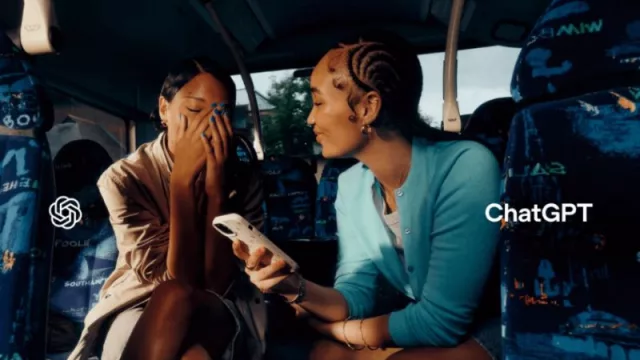

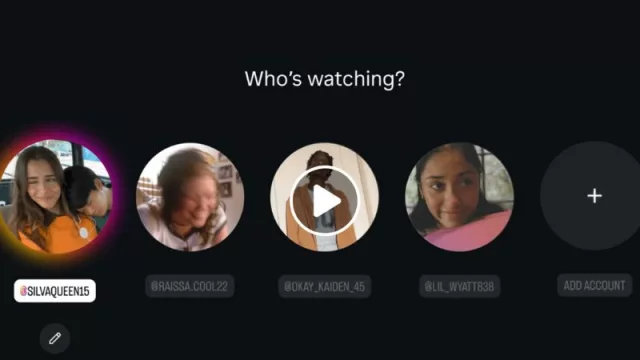
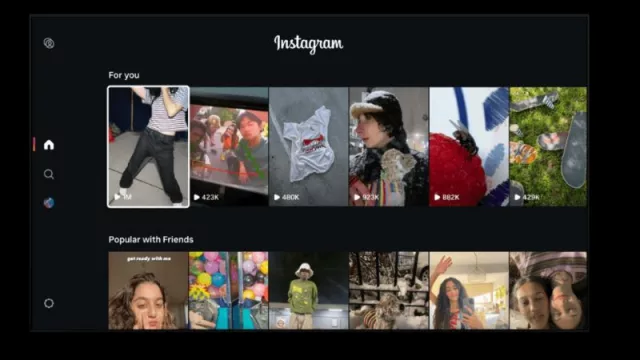
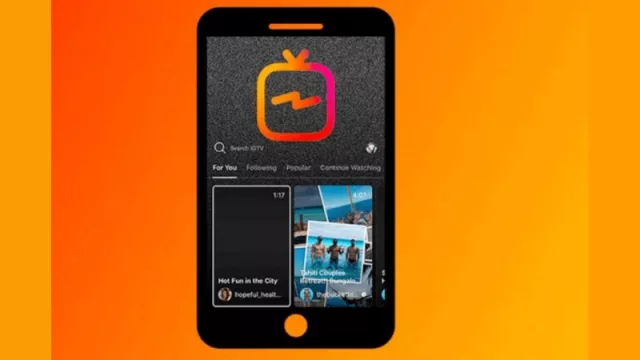

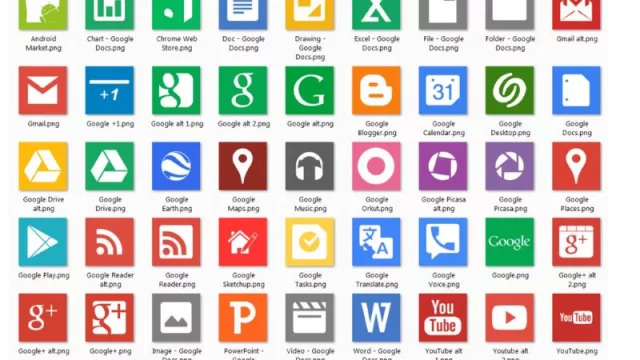
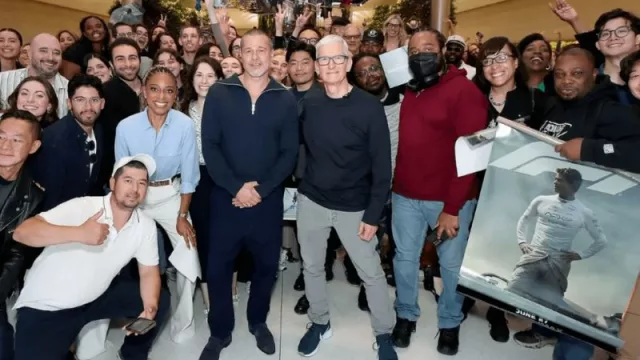

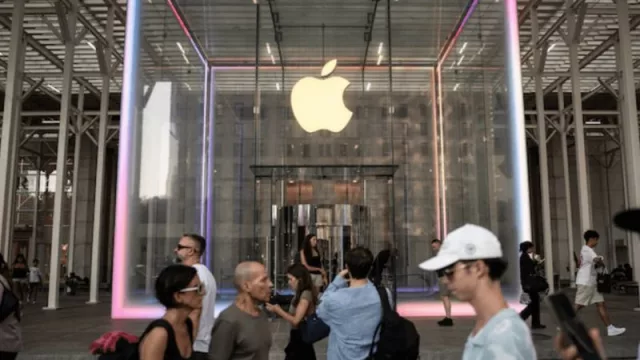


Tu opinión enriquece este artículo: